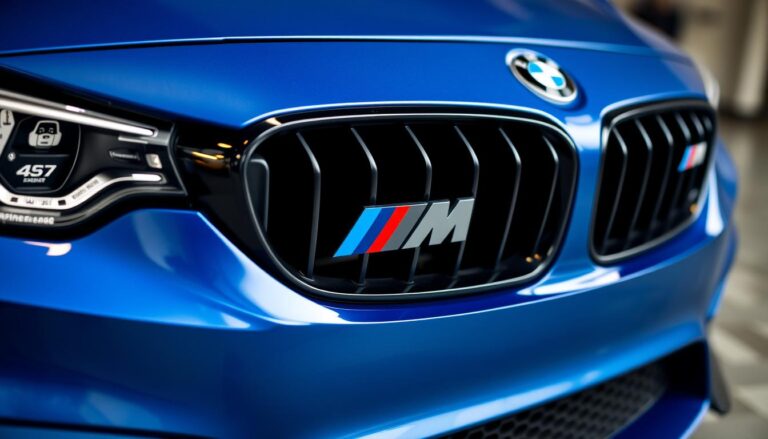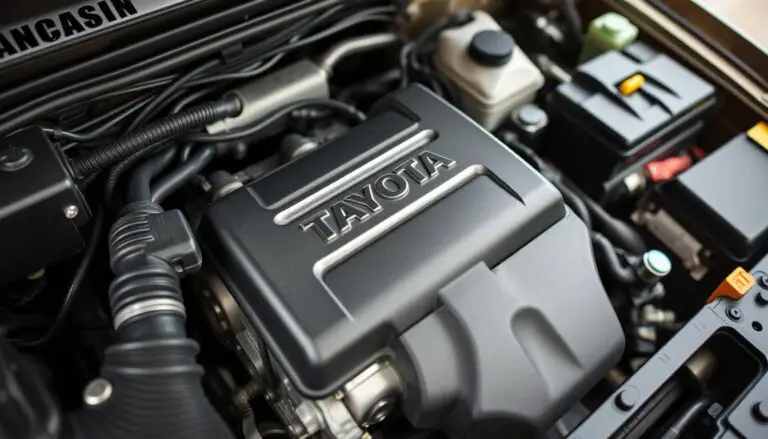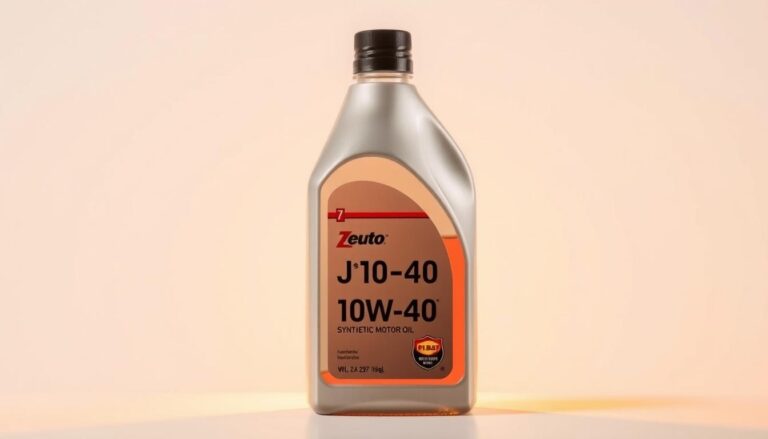Maintaining the correct coolant level in your BMW is crucial for the longevity and performance of the vehicle.
Using the right coolant is vital to prevent damage to the engine and cooling system. AutoZone offers a range of coolants that are compatible with BMW models.
The correct coolant not only helps in maintaining the optimal engine temperature but also protects against corrosion and freezing.
Key Takeaways
- Importance of using the correct coolant in BMW vehicles
- Availability of BMW compatible coolant at AutoZone
- Prevention of engine damage through proper coolant maintenance
- Role of coolant in maintaining optimal engine temperature
- Protection against corrosion and freezing with the right coolant
Understanding BMW Coolant Requirements
To guarantee the longevity and optimal performance of your BMW, it is imperative to comprehend its coolant requirements. BMW vehicles are equipped with high-performance engines, necessitating precise cooling system maintenance to ensure their efficient operation.
Why BMW Vehicles Need Specific Coolant Types
BMW vehicles necessitate specific coolant types due to their engines’ unique materials and engineering specifications. Utilizing an inappropriate coolant can precipitate corrosion, overheating, or damage to critical engine components.
BMW Coolant Color Coding and Specifications
BMW coolants are distinguished by their color-coding and adherence to specific specifications. For example, BMW advocates for the use of coolants that meet their standards, such as BMW Part No. 81 94 2 282 616 or its equivalents. The color-coding facilitates the identification of the coolant type.

Differences Between Regular and BMW-Specific Coolants
Regular coolants are not formulated to fulfill the specific requirements of BMW engines. In contrast, BMW-specific coolants are crafted to offer the requisite corrosion protection and thermal stability for these high-performance engines.
Consequences of Using Incorrect Coolant
The utilization of an incorrect coolant can lead to severe consequences, including engine damage, corrosion of engine components, and potentially, costly repairs. It is crucial to consult your BMW owner’s manual or seek professional advice to ensure the correct coolant is employed.
| Coolant Type | Specification | Color Code |
|---|---|---|
| BMW-Specific | BMW Part No. 81 94 2 282 616 | Blue/Green |
| Regular Coolant | ASTM Standards | Varies |
BMW Coolant at AutoZone: Where to Find and How to Use
The quest for the appropriate BMW coolant at AutoZone is simplified by a clear understanding of the available resources. AutoZone’s inventory encompasses a broad spectrum of coolants, tailored for compatibility with BMW models. Both online and in-store shopping avenues are available, ensuring accessibility and convenience for all customers.
Navigating AutoZone’s Coolant Section
The process of locating coolants at AutoZone, whether online or in-store, is remarkably straightforward. In-store patrons can seek guidance from the staff, who will efficiently direct them to the pertinent section. For those opting for online shopping, the website’s search functionality facilitates the identification of BMW-compatible coolants by simply inputting the vehicle’s specifications.
Online vs. In-Store Shopping Options
AutoZone caters to diverse shopping preferences with both online and in-store options. The former enables customers to explore and compare various coolants from the comfort of their homes. In contrast, the latter offers the advantage of personal consultation with AutoZone’s knowledgeable staff. For further details on acquiring BMW coolant, refer to this resource.

Compatible BMW Coolant Brands at AutoZone
AutoZone’s inventory includes a range of coolant brands that are compatible with BMW vehicles. These selections encompass both OEM equivalents and aftermarket alternatives.
OEM Equivalents Available
OEM coolants are formulated to adhere to the manufacturer’s exacting standards, ensuring compatibility and peak performance for BMWs.
Aftermarket Options and Their Compatibility
Aftermarket coolants present a budget-friendly alternative to OEM options. It is imperative, though, to verify the compatibility of the chosen aftermarket coolant with your BMW model. Always scrutinize the specifications and consult with AutoZone staff if there is any doubt.
Price Comparison: Dealership vs. AutoZone Options
Acquiring coolant from AutoZone can often yield significant cost savings compared to purchasing from a BMW dealership. AutoZone’s competitive pricing on both OEM and aftermarket coolants makes it an attractive option for BMW owners seeking to minimize maintenance expenditures.
How to Check Your BMW’s Coolant Level
Inspecting your BMW’s coolant level is a task of simplicity, yet its importance cannot be overstated in averting engine malfunctions. Regular assessments are pivotal for maintaining vehicular performance and efficiency.
Locating the Coolant Reservoir in Different BMW Models
The coolant reservoir in BMWs is generally situated beneath the hood, proximal to the engine’s anterior compartment. Yet, its precise location may differ across models. For the majority of BMWs, the reservoir is positioned on the driver’s side. Refer to your owner’s manual or identify a plastic container adorned with a coolant emblem.
Reading Coolant Level Indicators Correctly
Having identified the coolant reservoir, verify the coolant level against the indicators on the tank’s lateral surface. The level should oscillate between the “MIN” and “MAX” markers. Verify that the level is sufficient to avert engine overheating and potential damage.
Signs of Low or Contaminated Coolant
Indicators of a low or contaminated coolant level include:
- Engine overheating
- Coolant leakage
- Presence of discoloration or rust in the coolant
- Unusual odors emanating from the engine compartment
When to Check Coolant Levels
It is advisable to inspect your BMW’s coolant level with regularity, ideally during routine maintenance or when signs of low coolant are observed. A prudent approach is to perform this check at least monthly or prior to extended journeys.
| BMW Model | Coolant Reservoir Location | Recommended Coolant Type |
|---|---|---|
| 3 Series | Driver’s side, under the hood | BMW-approved coolant |
| 5 Series | Driver’s side, under the hood | BMW-approved coolant |
| X5 | Passenger’s side, under the hood | BMW-approved coolant |
Step-by-Step Guide to Adding BMW Coolant
To maintain the optimal performance of your BMW, it is imperative to understand the correct procedure for coolant addition. This intricate process necessitates adherence to several critical steps, ensuring the longevity and efficiency of your vehicle’s engine.
Safety Precautions Before Starting
Initiate by confirming the engine’s coolness. The opening of the coolant reservoir or radiator cap during a hot engine state poses a significant risk of severe burns. Protective measures, such as gloves and eyewear, are indispensable to mitigate the consequences of any potential spills or splashes.
Key Safety Precautions:
- Ensure the engine is cool before starting.
- Wear protective gloves and eyewear.
- Never open the coolant reservoir or radiator cap when the engine is hot.
Tools and Materials Needed
For the addition of coolant to your BMW, a selection of essential tools and materials is required. These include BMW-approved coolant, a funnel, and a rag or paper towels for the containment and cleanup of any spills.
Recommended Tools and Materials:
- BMW-approved coolant.
- A clean funnel.
- Rag or paper towels.
Preparing Your Vehicle
Identify the coolant reservoir, typically denoted by minimum and maximum level indicators. In the event of uncertainty, consult your BMW’s owner’s manual. Ensure the surrounding area is pristine to prevent contamination.
Adding Coolant Properly
The methodology for coolant addition varies based on the engine’s temperature state.
Cold Engine Method
For a cold engine, merely open the coolant reservoir cap and introduce the coolant gradually until it reaches the maximum level indicator.
Warm Engine Considerations
In the instance of a warm engine, allow it to cool before proceeding with coolant addition. If an emergency necessitates coolant addition to a warm engine, do so with caution and at a slow pace to avert potential damage.
Checking for Leaks After Refill
Post-coolant addition, initiate the engine and permit it to operate for a few minutes. Subsequently, deactivate the engine and reassess the coolant level. Inspect the reservoir and adjacent areas for any signs of leakage.
| Step | Description | Notes |
|---|---|---|
| 1 | Ensure the engine is cool. | Avoid burns by not opening the coolant reservoir when hot. |
| 2 | Locate the coolant reservoir. | Refer to your owner’s manual if necessary. |
| 3 | Add BMW-approved coolant. | Use a funnel to avoid spills. |
| 4 | Check the coolant level. | Ensure it’s at the maximum level indicator. |
| 5 | Inspect for leaks. | Start the engine, then check for leaks around the reservoir. |
BMW Coolant Maintenance Best Practices
BMW coolant maintenance is paramount for vehicle longevity and performance. It encompasses understanding coolant change intervals, seasonal adjustments, and troubleshooting common issues. These practices are fundamental to maintaining your vehicle’s health.
Recommended Coolant Change Intervals by BMW Series
Diverse BMW series necessitate distinct coolant change intervals. For example, some models necessitate a coolant change every 50,000 miles, whereas others may extend up to 100,000 miles. It is imperative to refer to your owner’s manual or consult a dealership to ascertain the optimal schedule for your vehicle.
Seasonal Considerations for Coolant Maintenance
Seasonal variations significantly affect your BMW’s coolant system. In colder climates, it is crucial to ensure the coolant is rated for the lowest expected temperatures to avert freezing. In contrast, in warmer climates, the coolant’s capacity to prevent overheating is paramount.
Mixing Old and New Coolant: Do’s and Don’ts
Proper procedure is essential when adding or changing coolant. Mixing old and new coolant is permissible, provided it is done correctly to circumvent contamination or compatibility issues. Always verify the coolant type and concentration before mixing.
Troubleshooting Common Coolant Issues
Common coolant issues such as overheating, leaks, or contamination can often be resolved through simple troubleshooting. Recognizing the signs and knowing when to seek professional assistance can prevent unnecessary expenses and save time.
Addressing Overheating Problems
Overheating may indicate low coolant levels, a malfunctioning thermostat, or a system leak. Initially, verify the coolant level and condition, then inspect the system for leaks or blockages.
Handling Coolant Leaks
Coolant leaks can precipitate severe engine damage if not promptly addressed. Regularly inspect your vehicle for signs of leaks, and rectify any issues found without delay.
When to Seek Professional Help
If any aspect of your BMW’s coolant maintenance is unclear or if a problem necessitates professional intervention, do not hesitate to consult a certified BMW technician.
Conclusion
The significance of utilizing BMW coolant appropriately and adhering to maintenance protocols cannot be overstated. The selection of the correct coolant type and the diligent upkeep of its levels are paramount to safeguarding your vehicle’s engine against potential damage.
AutoZone stands out as a premier destination for BMW owners seeking compatible coolants from esteemed manufacturers. This accessibility empowers you to maintain your BMW’s peak performance, aligning with the recommendations detailed in this discourse.
Ultimately, grasping the coolant needs of your BMW, identifying suitable products at AutoZone, and practicing meticulous maintenance are fundamental to prolonging your vehicle’s lifespan. Regular inspections and upkeep not only avert exorbitant repair costs but also guarantee the continued efficiency of your BMW.
To access a comprehensive BMW coolant summary and explore AutoZone’s extensive range of BMW coolant offerings, visit AutoZone’s website or physical locations today.


